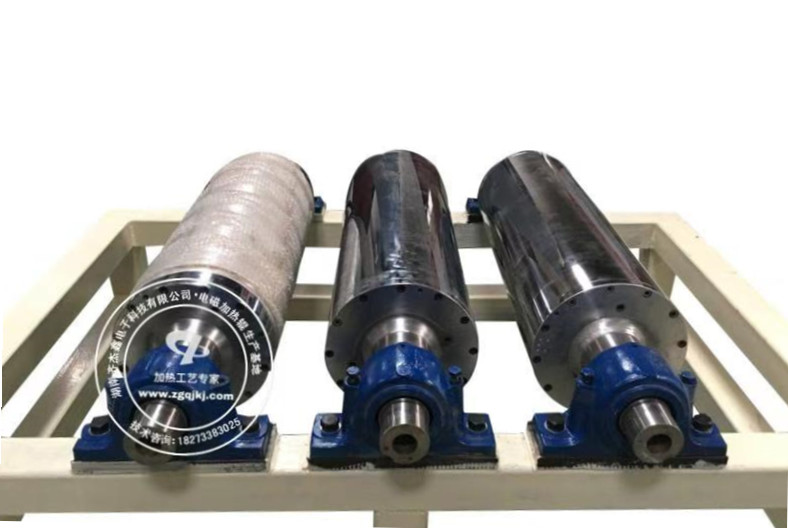The main application areas of carbon fiber and recent technological development 3—electromagnetic heating roller
作者:管理员 时间:2020-06-04 09:06 来源:未知
浏览:次

Carbon fiber paper is used as the electrode gas diffusion material for fuel cell
A fuel cell is a device that converts chemical energy into electricity without burning it. Fuel cells work under isothermal condition, the use of electrochemical reaction, the chemical energy stored in the fuel and oxidant directly into electrical energy, is a high-profile clean energy technology, the efficiency is very high (in addition to the 10% of the waste energy in the form of heat, the remaining 90%) are transformed into usable energy and electrical energy and environment friendly; By contrast, when using fossil fuels such as coal, natural gas and oil to generate electricity, 60 percent of the energy is wasted as waste heat, and 7 percent is wasted in transmission and distribution.
Among all kinds of fuel cells, proton exchange membrane fuel cell (PEMFC) has the best power density, high energy conversion rate, low temperature start-up, small size and good portability, which makes it an ideal power source for automobiles. Proton exchange membrane fuel cell consists of three main parts: cathode, electrolyte and anode. Its working principle:
(1) the cathode ionizes liquid hydrogen molecules. When liquid hydrogen flows into the cathode, the catalyst layer on the cathode ionizes the liquid hydrogen molecules into protons (hydrogen ions) and electrons.
(2) hydrogen ions pass through the electrolyte. The electrolyte in the central region allows protons to pass through to the anode.
(3) electrons pass through external circuits. Because electrons cannot pass through electrolytes, they can only pass through external circuits, creating a current.
(4) the anode ionizes liquid oxygen. When liquid oxygen passes through the anode, the catalyst layer on the anode ionizes liquid oxygen molecules into oxygen ions and electrons, and combines with hydrogen ions to form pure water and heat. The anode receives the electrons produced by ionization (FIG. 20). Multiple proton exchange membrane fuel cells can be connected to form a fuel battery pack, which can improve the output of electrical energy.
As a kind of high performance composite material, carbon fiber paper is an essential porous diffusion material for manufacturing the gas diffusion layer in the proton exchange membrane electrode of fuel cell. The gas diffusion layer (GDL) constitutes the channel for gas diffusion from the flow groove to the catalyst layer. It is the heart of the fuel cell and a very important supporting material in the membrane electrode group (MEA). Its main function is to serve as a bridge between the membrane electrode group and the graphite plate. The gas diffusion layer can help the by-product of the catalyst layer to run away as soon as possible and avoid overflow caused by water accumulation. It can also help to maintain certain moisture on the surface of the membrane and ensure the conductivity of the membrane. Fuel cells help maintain heat transfer during operation. In addition, sufficient mechanical strength is provided to maintain the structural stability of the membrane electrode set when water absorption expands.

